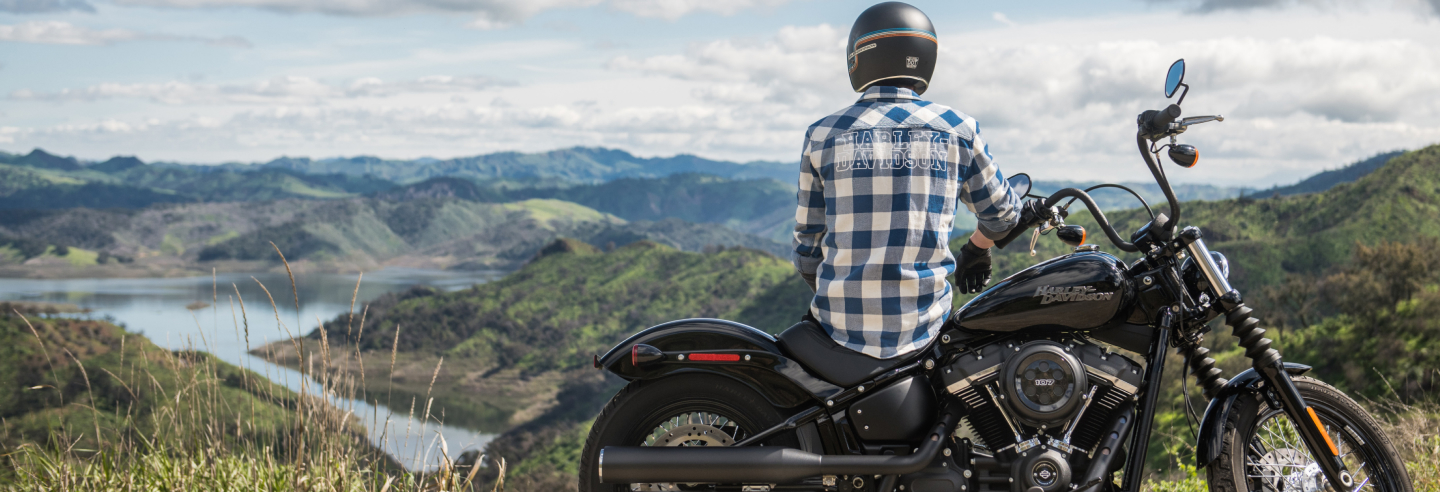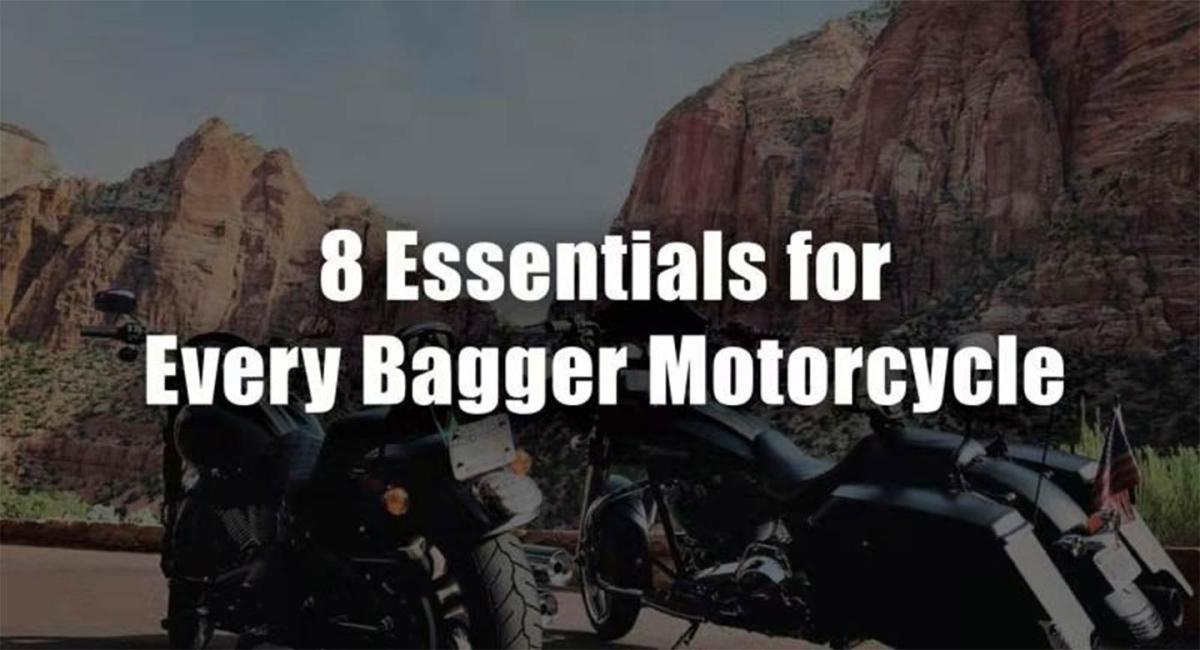8 Important Essentials For Every Bagger Motorcycle
Here are 8 items that we would encourage all bagger motorcyclists to take with them on longer rides. Most riders understand the need for helmets and protective gear, but there are other pieces of gear and devices that add an extra layer of security and comfort. Whether you're a veteran rider or new to the open road, these 8 will definitely come in handy on those long road trips.
- Emergency Communicator In an emergency, hitting the “SOS” button notifies the GEOS Rescue Coordination Center, initiating a rescue effort by local personnel. Sending customized “I’m OK” messages when riding in far-flung areas provides peace of mind to loved ones, and non-emergency “I need help” messages pinpoint your location. Depending on the model you choose, personal locator beacons (PLBs) transmit a powerful distress signal that’s received by a global system of satellites. Unlike satellite messengers, PLBs generally do not require a subscription, but they are required to be registered with local authorities. This is so they have your medical details and emergency contact info. They will technically work without this, but it’s not recommended and can delay response times.
- Motorcycle Towing Service Just like all the other motorists on the road, roadside assistance can be invaluable whenever trouble occurs. Having this type of protection provides additional security and can give you a great deal of peace of mind. Being stranded on the side of the road with no where to turn for help is a nightmare. There are several roadside assistance programs available that include towing packages. Find what works best for you and in the areas you will ride in.
- Flat Repair Kit Modern motorcycle tires provide good grip in dry and wet conditions and typically last for thousands of miles. But all tires are vulnerable to cuts and punctures, and a flat can quickly ruin your riding plans. If your motorcycle runs tubeless tires, a good flat repair kit can get you back on the road in no time. Safety should always be your top priority. You don't want to compromise your safety or the condition of your motorcycle by riding long distances on a faulty tire. Many service facilities will not repair a tire, especially if the puncture is located on the side of the tire, which makes it harder to fix. That's why it's good to have your own kit when you need it.
- Portable Air Compressor Similar to our item listed above, you’ll need a way to re-inflate your flat or [partially deflated tires. Some flat-repair kits come with a few CO2 cartridges, but depending on the size of your tire, you probably won’t have enough to inflate it fully. The best way to re-inflate your tire is to use a dedicated air compressor that connects to your motorcycle’s battery. You’ll want something tough and rugged, while still portable and small enough to take with you on your motorcycle.
- Motorcycle Tool Kit Your tool kit may not allow you to do major roadside repairs, but you should be able to tighten loose screws and adjust your controls. There are plenty of specialized, premade kits, but this is obviously something you can put together yourself.After all, you know your bike and your capabilities. Depending on how much space you have available, we would recommend including some of the important fluids like oil or chain wax as part of your toolkit.
- First Aid Kit Being prepared is imperative when you are on the road, away from the securities of civilization. You have to plan for emergencies, but pack the absolute minimum to manage your risk. In order to prepare a helpful emergency kit for motorcycles, riders need to think about the types of injuries they may face after an accident. Keep in mind your own personal health conditions and plan accordingly.
- Rain Gear No matter the time of year, you will always run the risk of getting caught in the rain. Even with weather reports and forecasting, rain can be unpredictable and happen very suddenly. Protecting yourself from the rain isn't just a matter of comfort, it’s a matter of safety. Being wet and cold can lead to health complications like hypothermia. Rainsuits typically include reflective materials and bright colors that will make you more visible during dark, rainy days.
- Stay Hydrated Dehydration and overheating are pretty common occurrences when riding in warm weather. It’s important to have plenty of water to stay hydrated and keep cool. The easiest way to drink water while riding is to wear a hydration backpack, which includes a water bladder and a drinking tube that can be used on the go, even with a full-face helmet.


